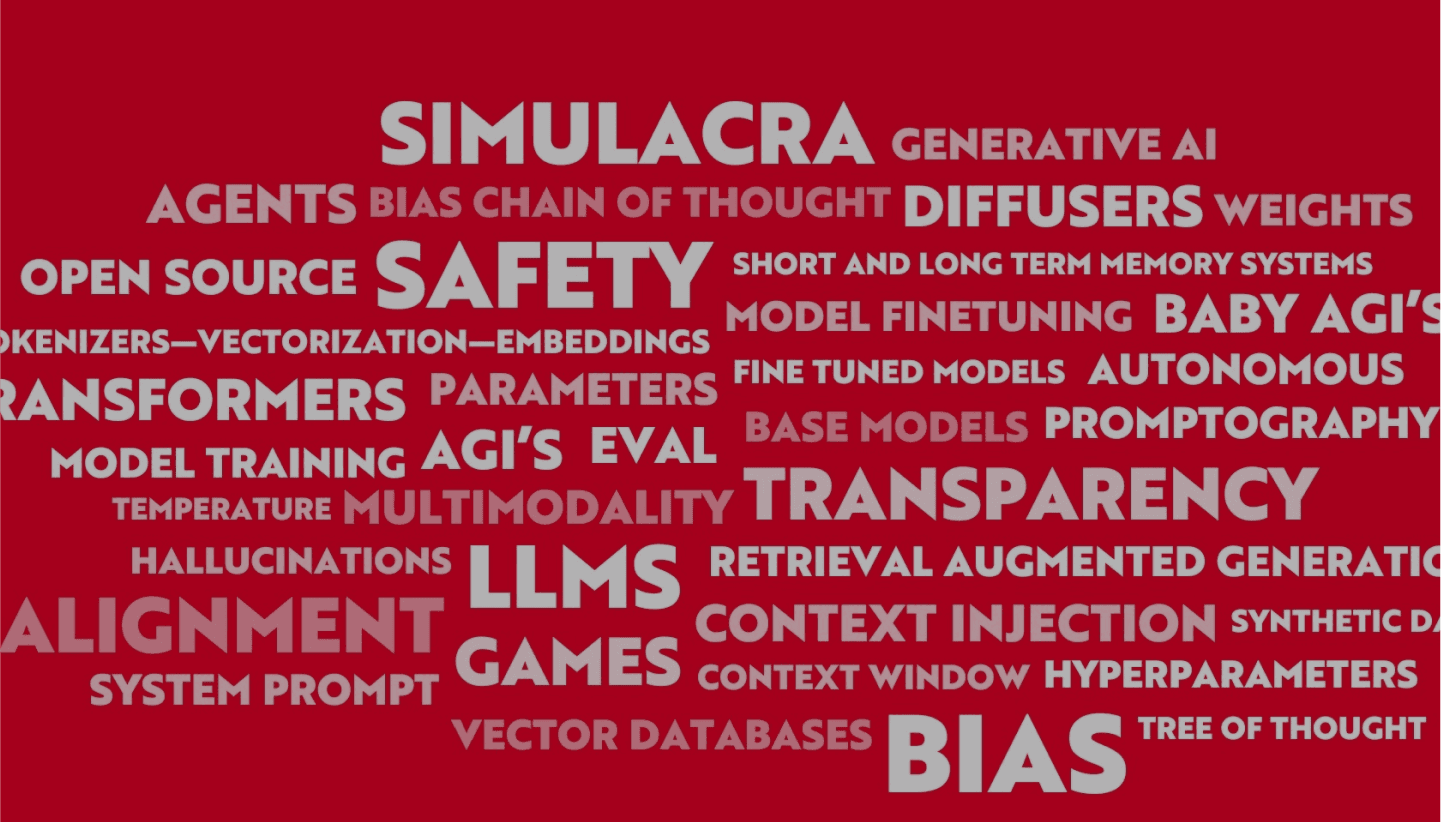
Bayesian Networks
What are Bayesian Networks?
Bayesian Networks are probabilistic graphical models that represent a set of variables and their conditional dependencies using a directed acyclic graph. Each node in the graph represents a random variable, and the edges between nodes indicate probabilistic dependencies. These networks are used to model complex relationships between variables and make inferences based on observed evidence.
How do Bayesian Networks model uncertainty in AI?
In AI, Bayesian Networks model uncertainty by incorporating prior knowledge about the variables and updating this knowledge as new evidence is observed.
The network uses Bayes' theorem to calculate the probability of each variable given the evidence, taking into account both the prior probabilities and the conditional dependencies specified in the graph. This allows the model to reason under uncertainty and make informed decisions based on the available information.
How can Bayesian Networks be applied in predictive modeling?
Bayesian Networks can be applied in predictive modeling by using the network structure to represent the relationships between input variables and the target variable. By incorporating prior knowledge and observed evidence, the network can make predictions about the target variable based on the available data. This approach allows for probabilistic reasoning and uncertainty quantification in predictive tasks, making Bayesian Networks a powerful tool for modeling complex systems in various domains.

